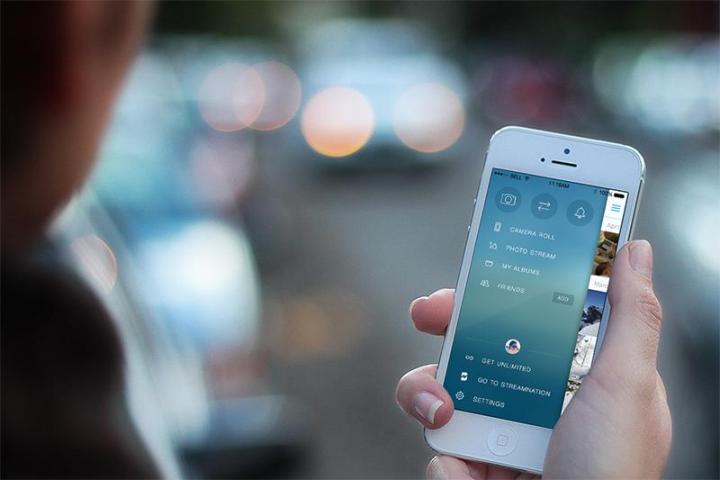
Unlike like many other camera apps that have an assortment of editing tools, Shutter is very basic and straightforward – you shoot your photo or video, it gets stored to the cloud, and then you go right back to shooting. The app’s user interface isn’t difficult to use, so anyone can hit the ground running, once it’s installed. Shutter provides you with a few filters to use, but the rest of the photographic vision is up to you. (If you’ve used intricate photo apps in the past, this one should be a cakewalk.)
One of Shutter’s main strengths lies in its cloud storage that is truly limitless; all your content is saved automatically on your own private cloud instead of on your phone, so you can keep capturing moments without worrying about running out of space. Most people think 16GB of smartphone storage is plenty, but all those photos (which many people never offload) and other data, add up.
“With Shutter, you have no limitations in terms of photos or videos you want to take, and you won’t get any more error messages saying that you need to delete content,” said Shutter CEO and founder Jonathan Benassaya. “It’s like the dream for all smartphone users.”
Created after StreamNation’s launch in June 2013, Benassaya conceived Shutter while he was vacationing with his family. Like many people, he wanted to capture and share media content, but couldn’t do so because of storage, file size limits, and bandwidth issues with different cloud platforms and devices. Shutter is geared toward people who like taking lots of photos and videos, and the app also lets you manage your saved content when and wherever the mood strikes you. Of course, speed is relative depending on bandwidth constraints.

Shutter’s smart storage management lets you select different options, such as keeping track of your most recent files for quick browsing (you can set the exact number). If you don’t want to do that, you can also choose specific amounts of your cloud storage to Shutter, like the last 1 GB of content, for example. “We’ve really focused on the storage management feature,” Benassaya said. “If you took 3,000 photos, and your management setting is at 500 photos, you’ll have those last 500 photos on Shutter, but all 3,000 photos will be saved to StreamNation – fully accessible, downloadable, and sharable the way you want.”
Shutter also has a “30-day Trash” feature, which retains anything you’ve deleted (not that you’ll really need to) for an entire month. This is a great feature because you’ve like found yourself deleting something, then immediately regretted that decision. Many smartphones’ camera rolls are completely unforgiving when it comes to file deletion.
Prior to its launch, Shutter was beta-tested by hundreds of photo-centric individuals, and it has been continuously revamped based on user feedback. According to Benassaya, this feedback is vital to his company, and Shutter will continue to evolve over time, based on how people interact with it.
Shutter is available on the Apple iTunes Store (for iOS 6 or higher) with plans to make an Android release this fall. “We will be constantly checking data to see how we can improve the lives of Shutter users, that’s our philosophy,” Benassaya said. “I have a wonderful, simple app that solves a big problem, and we’ll see where it goes from there.”
Catch a glimpse of Shutter in the short video below.


